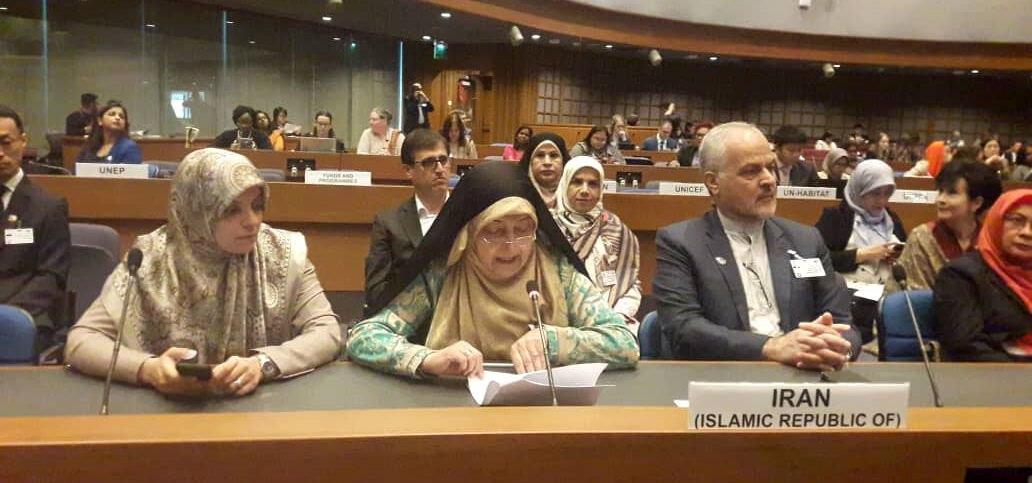Masoumeh Ebtekar added that the Iranian women’s growth model can be used by other women in dealing with problems.
The victory outlined the status of women following the Beijing Declaration, especially in Asia during the Asia-Pacific Ministerial Conference held on the occasion of the 25th anniversary of the Beijing Declaration and Platform for Action in Thailand.
“Since attending the Third World Conference on Women in Nairobi in 1985 and ten years later in Beijing, we have witnessed the development of the status of women in the world and in Asia in the past 34 years,” she reiterated, saying “this was achieved by women themselves, civil society and governments. I particularly talk about the advancement of women in Asia, including in my country, Iran.”
At the same time, armed and internal conflicts and foreign interventions have significantly damaged the most deprived communities, and the suburban life has changed the face of Asia, maintained Ebtekar.
“Climate change and environmental degradation have also had a negative impact on the region’s natural assets.”
If democratic processes and economic growth, especially in West Asia, are achieved, we can tackle insecurity, unilateralism, war and terrorism, she said.
“To this end, we need to work together to stop negative trends.”
Referring to the efforts made to improve the status of women and girls after the Islamic Revolution in Iran, she said, “In the past four decades, women have witnessed climaxes in their quest for progress in their lives. However, like other societies, they may face problems that we strive to resolve realistically.”
The Vice President for Women and Family Affairs, citing statistics, invited the audience to visit the English version of the Vice Presidency’s website adding that a report on the situation of Iranian women under the title of “40×40” has been prepared.
“It represents an objective picture and can be a tool for planners and decision-makers to solve problems.”
For example, the literacy rate of women has increased from 34% in 1976 to 89% in 2019, while about 38% of Iranian girls have been deprived of attending schools in 1976, the number is 3% at the moment, she continued.
“There has also been a trend in women’s educational attainment, which in recent years has shown a 60-to-40 increase in the ratio of girls and boys entrance to universities. Needless to say, Iran has hosted nearly three million refugees over the past four decades providing good-quality services at a time when the country has been subjected to cruel sanctions by the international community.”
The Vice President noted that legal reforms to improve the status of women in the country after the Islamic Revolution, has always been considered. “For example, in the last two years, six bills have been drafted and submitted to the government.”
These include granting citizenship rights to offspring of Iranian mothers married to foreign men that have been approved and is in effect.
“The Bill on the Safety of Women against Violence has also been seriously pursued and is now in its final stages, with the establishment of an easy-to-dial-up social emergency centre in the country for everyone to intervene in family conflicts,” stated Ebtekar.
